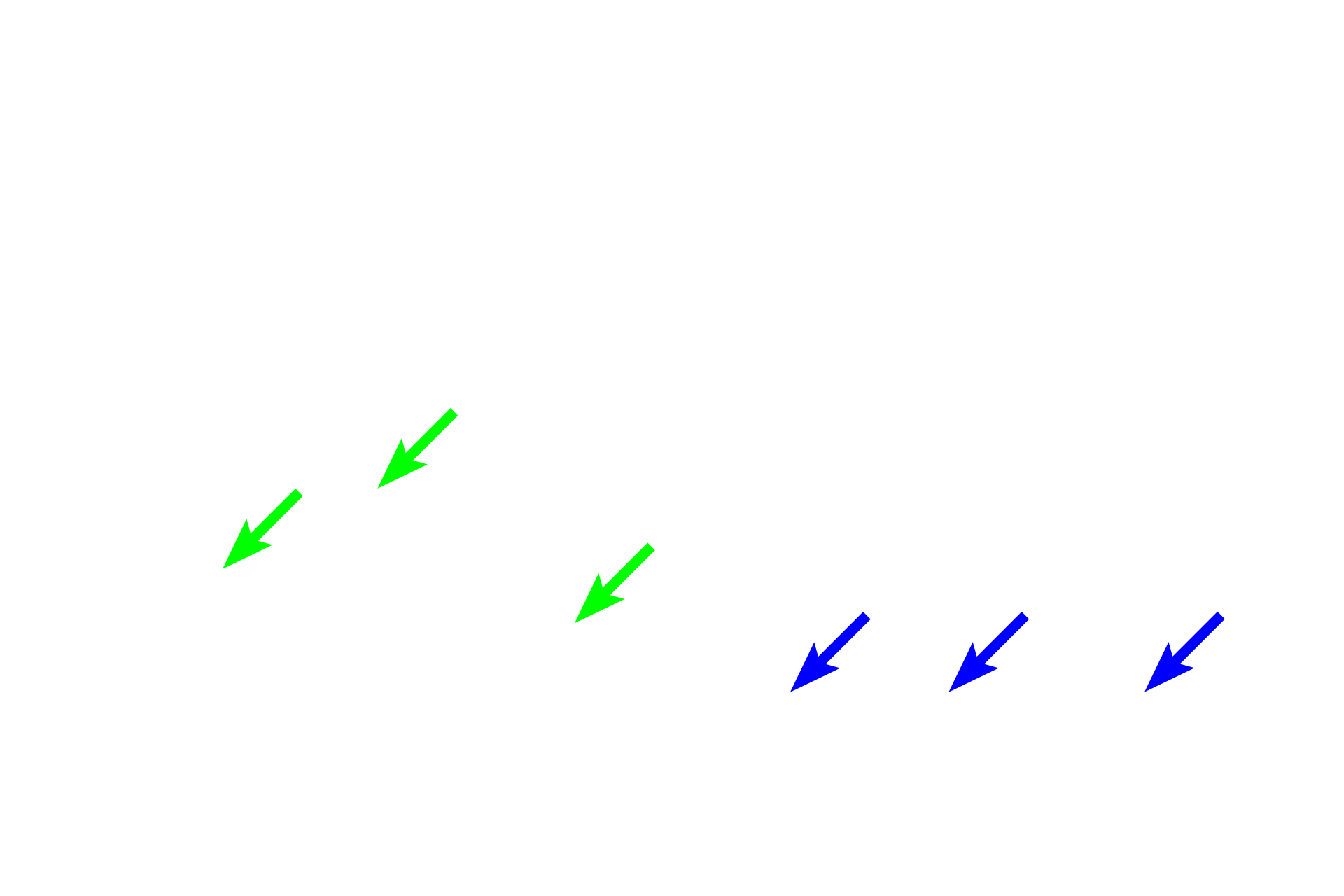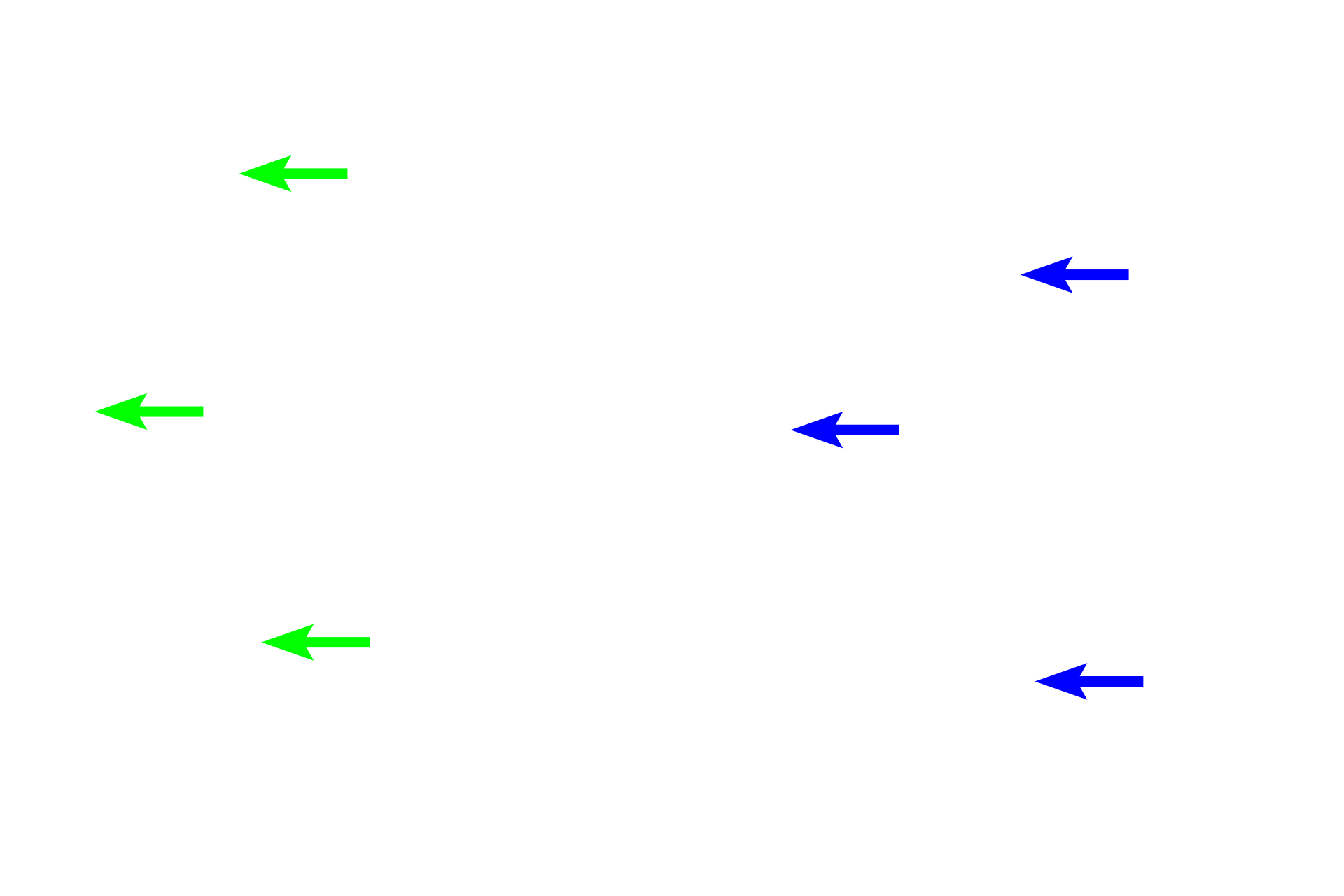
Mucosa: Villi
The mucosae of the duodenum (left) and ileum (right) are shown in this image. The mucosa is the innermost layer of the small intestine and consists of three layers: a simple columnar epithelium with microvilli and goblet cells; a lamina propria of loose connective tissue in which intestinal glands and MALT are located; and a thin muscularis mucosae of smooth muscle. The mucosa forms villi, which are finger-like projections from the surface of the small intestine and consist of a central core of lamina propria covered by its overlying surface epithelium. The presence of villi is diagnostic for the small intestine. 200x, 300x

Mucosa >
The mucosa consists of a simple columnar epithelium, a lamina propria of loose connective tissue and a muscularis mucosae. Between the villi, the epithelium extends into the lamina propria forming intestinal glands, also known as crypts of Lieberkuhn. Intestinal glands extend down to the muscularis mucosae.

- Epithelium
The mucosa consists of a simple columnar epithelium, a lamina propria of loose connective tissue and a muscularis mucosae. Between the villi, the epithelium extends into the lamina propria forming intestinal glands, also known as crypts of Lieberkuhn. Intestinal glands extend down to the muscularis mucosae.

-- Intestinal glands
The mucosa consists of a simple columnar epithelium, a lamina propria of loose connective tissue and a muscularis mucosae. Between the villi, the epithelium extends into the lamina propria forming intestinal glands, also known as crypts of Lieberkuhn. Intestinal glands extend down to the muscularis mucosae.

- Lamina propria
The mucosa consists of a simple columnar epithelium, a lamina propria of loose connective tissue and a muscularis mucosae. Between the villi, the epithelium extends into the lamina propria forming intestinal glands, also known as crypts of Lieberkuhn. Intestinal glands extend down to the muscularis mucosae.

- Muscularis mucosae
The mucosa consists of a simple columnar epithelium, a lamina propria of loose connective tissue and a muscularis mucosae. Between the villi, the epithelium extends into the lamina propria forming intestinal glands, also known as crypts of Lieberkuhn. Intestinal glands extend down to the muscularis mucosae.

- Villi >
Villi are distinguishing features of the small intestine. They are finger-like projections from the surface of the small intestine into the lumen of the organ. Villi are composed of a central core of lamina propria covered by its overlying surface epithelium. The shape of villi changes along the length of the small intestine, being more club shaped in the duodenum and thinner in the more distal segments.

Submucosa >
The submucosa consists of dense, irregular connective tissue containing larger blood vessels, nerves and lymphatics. Unique to the duodenum, the submucosa contains mucus-secreting submucosal glands (Brunner’s glands)

- Submucosal gland (Brunner's gland) >
The duodenum of the small intestine can be differentiated from the remainder of the small intestine primarily by the presence of submucosal glands (Brunner’s glands). These glands produce an alkaline mucus that helps neutralize the acidity of the chyme entering the duodenum from the stomach. They empty into the base of intestinal glands.

Image source >
This image was taken of a slide in the University of Mississippi slide collection.
 PREVIOUS
PREVIOUS